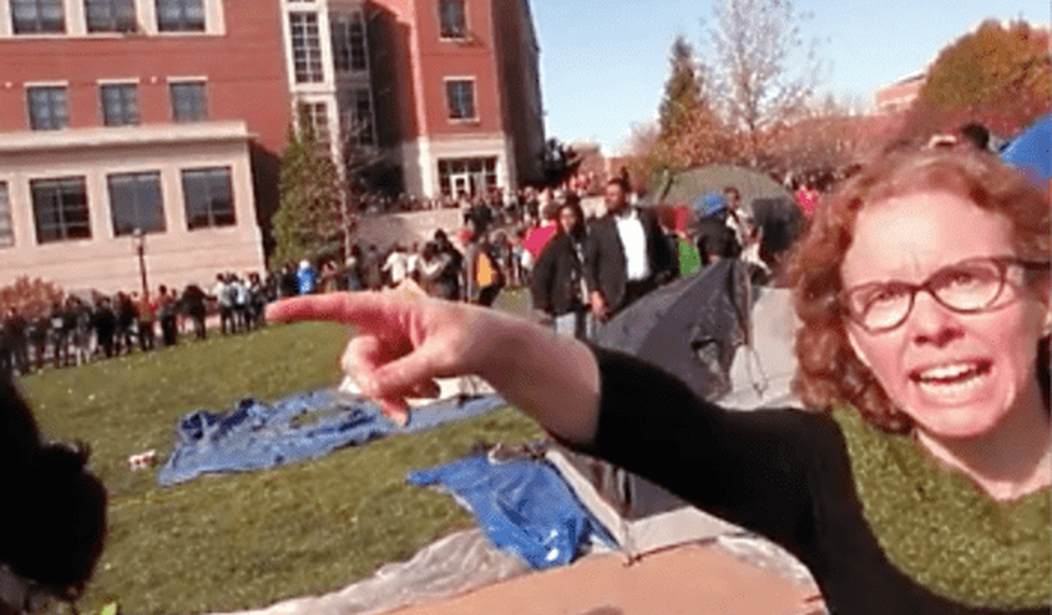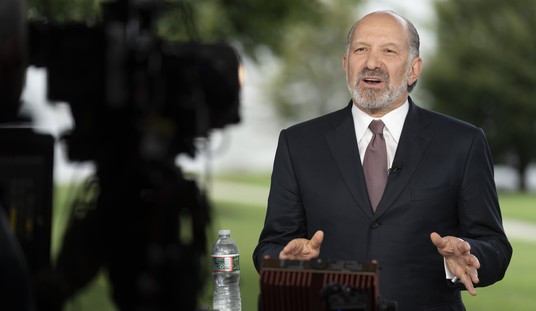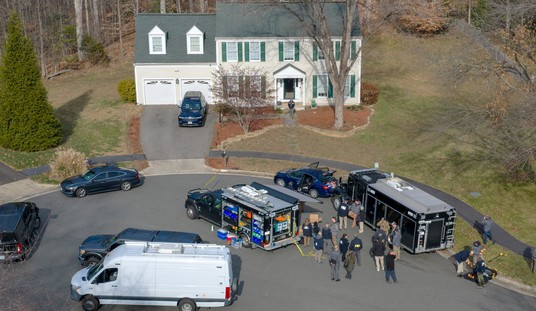A professor at the University of South Alabama recently published an academic paper arguing that safe spaces are “required” to help students of color cope with microaggressions from their peers.
Leon Higdon interviewed and surveyed more than 100 students for his research. He concluded that minority students were significantly more likely than white students to perceive that a peer has committed a microaggression against them. These microaggressions included being “overlooked in a group discussion” and a coworker acting “unfriendly or unwelcoming,” Higdon writes. Though white and non-white students alike perceived hostility from peers, non-white students perceived it more.
Higdon argues that these microaggressions must be real, and that they explain why minorities earn lower grades and have a higher risk of dropping out. To be fair, research does consistently find that racial minorities and first-generation students perform worse academically, but the causes are unclear. A number of factors, such as family support and finances, are likely involved.
However, Higdon is chalking this all up to microaggressions. He also recommends that colleges implement “action plans” to reform the campus culture and reduce them.
These plans would necessitate “safe spaces,” Higdon argues: “Implementing new programs and policy changes to create safe spaces for minority groups to voice their concerns is required.”
“Safe spaces” have taken many forms on campuses. Recent examples include the proposed $60,000 “safe space” at Santa Monica College, and the Fordham University coffee shop that evicted two Trump supporters for violating its “safe space policy” by wearing MAGA caps.
In an interview with PJ Media, Higdon explained that safe spaces are crucial because they allow minority students to have “open, honest discussion with fellow students, faculty, and administrators.”
“Many had reservations about holding such conversations in an open forum. Therefore, providing safe spaces for such dialogue and educating faculty, staff, students, and administrators about racial microaggressions and their negative effects on students is important,” he told PJ Media.
Higdon expressly acknowledged how some safe spaces can function to segregate students, citing the University of Connecticut’s proposal for black male-only dorms as an example. He notes this “system ignores other minority groups that struggle with the same microaggressive behaviors.”
Segregation isn’t “necessarily” needed, he argues. Instead, Higdon says he would rather see colleges implement more discussion groups about racism open to all students, even white ones.
“My research suggests that an honest, open dialogue among all groups is needed in order to educate others of the impact racial discrimination has on minority group students.”
Ultimately, he says safe spaces on campus could help promote open dialogue, but he declined to clarify what exactly a “safe space” should be.
“In order to address the racial inequalities of minority group students in a higher learning environment, their experiences must be shared. And, they must feel comfortable that during such dialogue they will not be attacked, in any racial microaggressive form,” he told PJ Media.
Follow the author of this article on Twitter: @Toni_Airaksinen










Join the conversation as a VIP Member